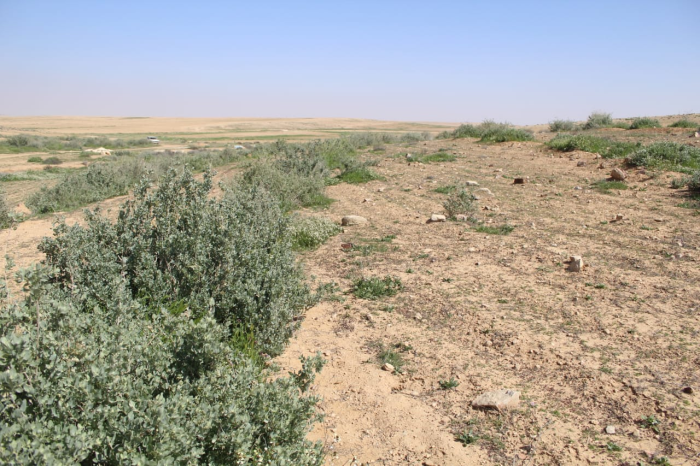In the summer of 2021, I visited Jordan, enjoying everyday life in Amman (I was traveling with my future wife for her research on refugees). During the trip, I got the opportunity to visit some old colleagues, in particular Stefan Stromeheier (now assistant professor at BOKU, in Wien), who was working for ICARDA, the International … Continue reading Modelling the indigenous water harvesting technique of the Marab in Jordan
Author: Giulio Castelli
My general comments for students preparing their thesis
The Master's Thesis is probably a student’s greatest achievement It can be considered proof of your career, and a visit card for entering the job market. Despite these premises, many students I am following still struggle to deliver an appropriate piece of work (at least in the first versions). The problem is that there are … Continue reading My general comments for students preparing their thesis
Ph.D. scholarship “Metodologie di analisi e indicatori per la gestione sostenibile della risorsa idrica nel settore agri‐food Italiano”
Nell'ambito del Centro Nazionale AGRITECH stiamo selezionando una/un candidata/o per una borsa di dottorato su "Metodologie di analisi e indicatori per la gestione sostenibile della risorsa idrica nel settore agri‐food Italiano". Il bando è aperto al link https://www.unifi.it/p12246.html.La scadenza della presentazione delle domande è il 10 novembre 2022, ore 12.00 (ora italiana) Per ogni informazione … Continue reading Ph.D. scholarship “Metodologie di analisi e indicatori per la gestione sostenibile della risorsa idrica nel settore agri‐food Italiano”
Move your hands for fog
by Giulio Castelli
Fog is a fresh water resource. Despite, as humans, we cannot easily conceive the fact that these tiny water droplets carried by the wind can sustain life and human activities, trees, as well as the vegetation of arid areas, are showing us the way. It is not a mystery, in fact, that trees and forests located in arid areas can sustain themselves with fog collected by the atmosphere [1,2].
In early 90s, researchers and practitioners around the world started to test the use of a simple technology for providing water in arid areas through the collection of fog by the means of simple plastic meshes exposed to the advection and orographic fog carried by the wind [3,4].
 Fog collectors in Bolivia (Photo by Giulio Castelli)
Fog collectors in Bolivia (Photo by Giulio Castelli)
Avoiding claims of fog collection as a “saving-the-world” panacea, the answer given by the…
View original post 447 more words
Mekelle University – Water Harvesting Lab: The Past, the present and the way forward
I had the opportunity to put together 5 years of research, travels and people working across Italy and Ethiopia on a presentation for a recent seminar. The story is becoming long and full of experiences. https://zenodo.org/record/2629964#.XKc4n9hS-Uk
The power of fact checking. In Academic reviews
In these last days, I had the opportunity of reviewing two papers from two different ISI/Web of Science journals. Both papers cited external sources (journal articles) for justifying important statement on which both the works were based. I checked the whole stuff. PAPER 1 was stating that no studies were present about the topic object … Continue reading The power of fact checking. In Academic reviews
Appropriate and concrete
Photo credits: Matteo Anaclerio, title credits: Tommaso Pacetti During my BSc, MSc and then PhD studies, I was (luckily) exposed to the concept of "Appropriate Technologies", namely technological choices and applications that are small-scale, decentralized, labor-intensive, energy-efficient, environmentally sound, and locally autonomous (Hazeltibe and Bull, 1999, as cited on wikipedia.org). One may naturally think about … Continue reading Appropriate and concrete
Warid – an inspiration and a good vein
"Warid" is a good mix of the words Water and Arid. In Arabic "warid" - وريد means "inspiration" and literally "vein" ("vena" in italiano). And like veins carry bloods within our bodies, water is carried by rivers. It seemed to me a good title for a (academic) blog. But, why opening such a blog? I realised … Continue reading Warid – an inspiration and a good vein
